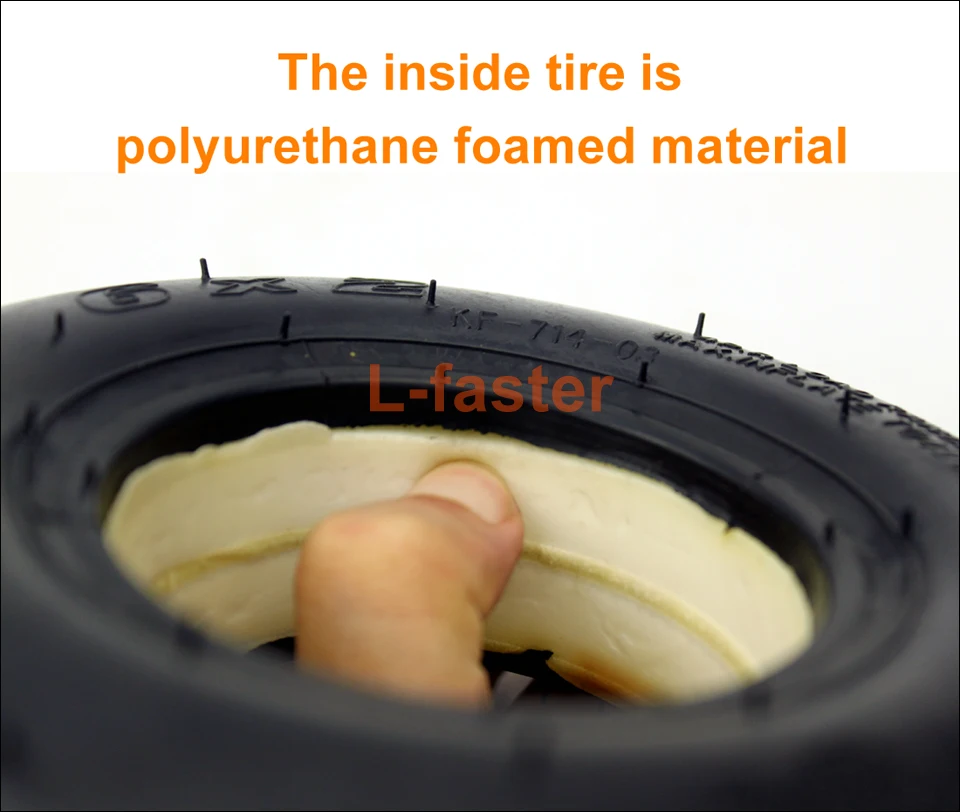For smooth, safe rides and to prolong the life of your tires, it’s important to find the optimal winter tire pressure for your vehicle. To ensure that you have “winter road worthy” tires, consider the following.
There are several misguided beliefs about the appropriate winter tire pressure that can result in costly problems for your car. In order to function properly and avoid problems, tires need to be appropriately filled to the correct pressure year-round. Why? Because weather conditions have an effect on tire pressure. For instance, during the summer months, the air expands in the tires as the weather heats up. During winter’s frigid months, the air pressure contracts. Something else to remember is that as you drive your vehicle, tire pressure increases slightly.
Vehicle manufacturers recommend PSI (pounds per square inch) for tire inflation and it’s the PSI rating you need to inflate your tires to. The PSI recommendation can be found inside the driver’s side door on a sticker, or in the manual. The PSI rating has been designed to deliver the most comfortable ride for your car. So, what about the “Max PSI” rating located on the sidewall? “Max PSI” is the PSI that the tires will support at maximum carry load. For regular, everyday use, tires need to be inflated to the vehicle’s manufacturer recommendation.
To ensure the optimal winter tire pressure follow the manufacturer’s recommendations. If you don’t have your manual handy, try looking for an online version for call a trusted auto repair shop. You can also find the recommended tire pressure on a sticker in the door jam as mentioned above. Some vehicle models place the stickers in the console, on the trunk lid, or on the fuel door.
The recommended tire pressure is typically between 30 and 35 PSI. Anything less will affect fuel economy and how the vehicle handles. When your tires are filled to the recommended PSI, you’ll benefit from their performance and optimum life. Some vehicle owner manuals advise operating winter tires several PSI higher, usually between 3 to 5 higher than the recommended pressures for all season and summer tires.
When your tires are filled to the recommended PSI, you’ll benefit from their performance and optimum life. Some vehicle owner manuals advise operating winter tires several PSI higher, usually between 3 to 5 higher than the recommended pressures for all season and summer tires.
All you need to do to determine your current tire pressure is unscrew the fill valve cap and check it using a pressure gauge, right? Well, sort of. Whether or not the car has been driven, and the time of day, can alter the tire pressure enough that you may not get an accurate reading. As an alternative, check the tire pressure in the morning before driving the car. Other things you can do include checking the pressure when you fill up the gas tank, as the temperature changes, or every 30 days.
We can assist you in determining the best winter tire pressure for your vehicle. Click here to learn about our general car and maintenance services.
Yes, you typically need to inflate your tires in cold weather. As we'll explain, low temperatures often mean low tire pressure, and low tire pressure could mean dangerous driving conditions.
With the promise of holiday travel up ahead, it’s time to prepare! Firestone Complete Auto Care is here to help you drive safer with a quick lesson on cold weather and tire pressure.
First, a quick science lesson: when the temperature drops, molecules in the air move slower and huddle together. When the temperature increases, molecules move faster and farther away from one another!
You can test this concept for yourself. Just set a basketball outside and wait! The ball will slightly deflate in the cold morning air, then re-inflate in the heat of the afternoon.
When this concept plays out inside your tires, it can affect your tire pressure.
That's because tires lose or gain 1-2 PSI (pounds per square inch) for every 10℉ change in temperature.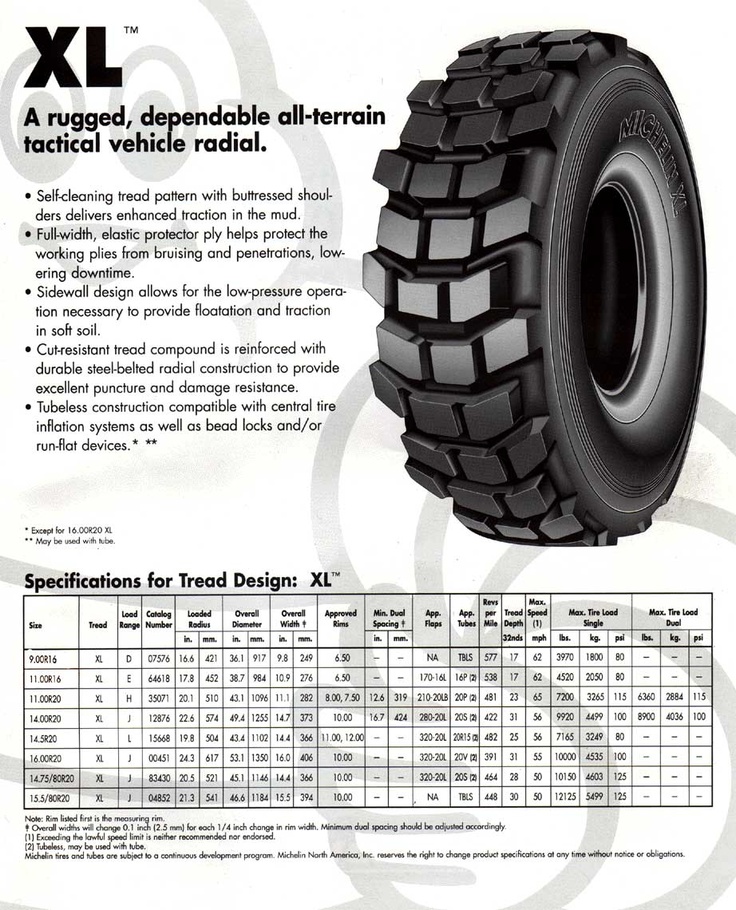 So theoretically, your tires could lose 4 PSI over the weekend if the temperature drops by 20℉!
So theoretically, your tires could lose 4 PSI over the weekend if the temperature drops by 20℉!
While your tire pressure should bounce back after the cold spell passes (assuming it does pass and your tires have no leaks or holes), low tire pressure shouldn't be ignored.
Low tire pressure can lead to:
A small decrease in tire pressure is hard for the naked eye to detect, but it can still have a big impact on your driving. Tires can lose pressure even when temperatures remain constant over the winter. To be safe, we recommend checking tire pressure every other time you visit the pump, and especially when your TPMS light pops on.
To be safe, we recommend checking tire pressure every other time you visit the pump, and especially when your TPMS light pops on.
Here’s how:
You can find it written in your owner’s manual or on a sticker attached to your door jamb, glove box, or fuel hatch. Recommended tire pressure usually falls between 30-35 PSI for passenger cars. If you’re not sure, try our recommended tire pressure tool.
Measure your tire pressure before driving, not after, for the most accurate reading. This practice is referred to as setting the cold tire pressure. If your recommended tire pressure is 32 PSI, that means 32 PSI before you put rubber to the road and the tires heat up.
Tire pressure gauges can be purchased for a few dollars at most big box retailers. "Pencil" style gauges are cheapest and have a little stick that pops out with the tire pressure reading. Digital tire pressure gauges are a bit more expensive but are extremely easy to use.
Digital tire pressure gauges are a bit more expensive but are extremely easy to use.
This is the little black, blue, green or silver screw-cap on your wheel's valve stem. It should be plainly visible from the outside of your car.
Follow the instructions that come with your tire pressure gauge. If there's a hissing sound when you insert the gauge, it may not be properly seated on the valve stem. Re-adjust the angle of the gauge until the hissing stops. What's your tire pressure? Do your tires need to be inflated?
Repeat the process for each tire and note your tire pressure readings.
There's a good chance you'll need to inflate your tires in winter at least once. If your tire pressure is low, find your nearest air pump. Add air until you reach your recommended tire pressure, or visit your nearest Firestone Complete Auto Care and we'll inflate your tires for you.
If you need help with any of these steps, please don't hesitate to stop by a local Firestone Complete Auto Care. Summer or winter, sunshine or snow—our knowledgeable technicians will check the health of your tires, inflate them to the recommended pressure, and guide you in buying new tires if yours show an alarming degree of wear.
In the topic “wheels in winter”, the focus is usually on the tires themselves: the choice between expensive and cheap, studded and Velcro. The question of how to inflate them is taken for granted, and, as the AvtoVzglyad portal found out, in vain ...
Maxim Stroker
In winter, even in such a simple action as inflating wheels, a number of not very obvious nuances appear. They are connected, in fact, with the fact that frost rages on the street. The fact is that, as you know, all substances shrink and decrease in volume when cooled, and expand when heated. Moreover, gases are especially susceptible to this effect. The air with which we pump up the wheels is also a gas. Rather, it is a mixture of gases, but this is not important in this case.
Moreover, gases are especially susceptible to this effect. The air with which we pump up the wheels is also a gas. Rather, it is a mixture of gases, but this is not important in this case.
So, based on the experience of operating machines, it is empirically deduced that for every 8 ° C decrease in the temperature outside, the pressure in the wheel drops by 0.1 bar (10 kPa, 0.1 atmosphere). Thus, if at + 20ºС the wheel is pumped up to 2.4 atmospheres, then when it cools (well, let's say this, purely theoretically!) To -20ºС, the pressure in it will drop to 1.9 atmospheres. That is - almost 20% lower than recommended in the "manuals" of many automakers.
It is a mistake to think that such a situation is possible only in an inflamed journalistic imagination! Imagine a typical autumn situation: you came to the tire shop to “change shoes” - change tires from summer to winter. As is often the case in small workshops, the wheels are pumped up to the required 2.2-2.4 atmospheres immediately after balancing - in a warm room at a temperature of about + 20ºС.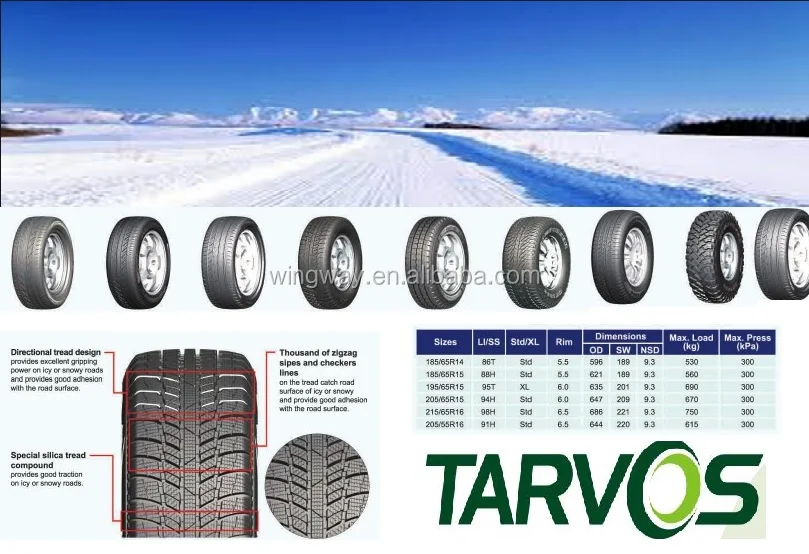
In a short time, normal winter cold sets in - albeit not with 20-degree frosts, but with a confident "minus" of about -10ºС. The pressure drop in this case will be about 0.4 atmospheres, which is also significant. If you do not pay due attention to this moment, it will turn out that the car will then drive for almost the whole winter on flat tires. Someone will say that this is even good - they say, cross-country ability is improving.
Yes, but only in one case - when driving on soft loose snow, when an increase in the contact patch between the wheel and the road allows the car to fall into soft snow less. If, like the vast majority of cars, in winter we drive mainly on hard-surface roads that are more or less cleared of snow, flat tires will only induce.
Because of them, controllability will noticeably worsen, the car will slip into side slip more easily, brake worse, fuel consumption will increase, etc. The conclusion from the above is as follows. When “re-shoeing” a car into winter tires, you should always pump the wheels at least 0. 2 atmospheres higher than recommended. So we compensate for the pressure drop in them due to the cold.
2 atmospheres higher than recommended. So we compensate for the pressure drop in them due to the cold.
But you should not exceed this level too much. After all, while driving, even in the most severe cold, the tires heat up and the pressure in them sometimes rises by 0.2–0.3 atmospheres, partially leveling the winter “thinning” of tires.
We understand how a car from Wolfsburg has turned into a competitor BMW X5
35792
We versed a car from Wolfsburg.
35792
0009
Car drivers > Useful information > Wheels > What should be the pressure in the tires of the car in winter and summer
Probably every motorist knows how important is the "correct" pressure in the tires of the car. However, not everyone knows about the factors that affect tire pressure, as well as the features that must be taken into account when operating a vehicle.
According to the popular opinion of motorists, tire pressure is affected only by the presence or absence of external damage to the tire or rim. However, in practice, there are a whole host of factors that, taken together, can lead to significant differences in indicators. In this article, we will try to cover all the nuances.
At first glance, this question is the simplest. Typically, tire pressure refers to the density of the air that is pumped into them using a compressor or pump. It, of course, has a pressure higher than in the surrounding atmosphere, and it is this difference that is the key to the performance of the wheel.
The advent of pneumatic wheels was perhaps the most important invention in the early days of the automotive industry. A tire inflated with compressed air made it possible to effectively smooth out road irregularities, ensure a high ride smoothness of the vehicle and dampen shock loads transmitted from the roadway to the structural elements of the car.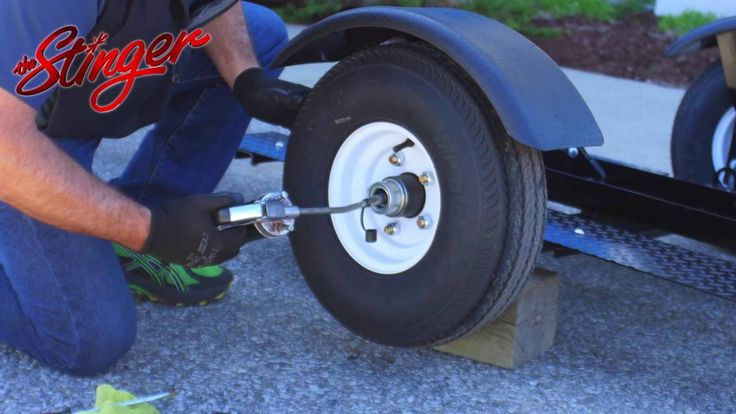
Video on the importance of maintaining the correct tire pressure:
Solid wheels could not provide this, and to this day there is no technology capable of providing similar performance characteristics with the appropriate simplicity and low cost as pneumatic wheels.
In fact, right from the very beginning, when such wheels were used on vehicles, the engineers had a reasonable question about what tire pressure should be considered optimal for a particular car. And in the end it became clear that for each category of vehicles, such indicators will be very different.
So, what influences the choice of the optimal pressure in the tires of a car?
Perhaps this criterion is the main one, because the tire is designed to provide, first of all, the effective absorption of loads of various types - shock, vibration, etc.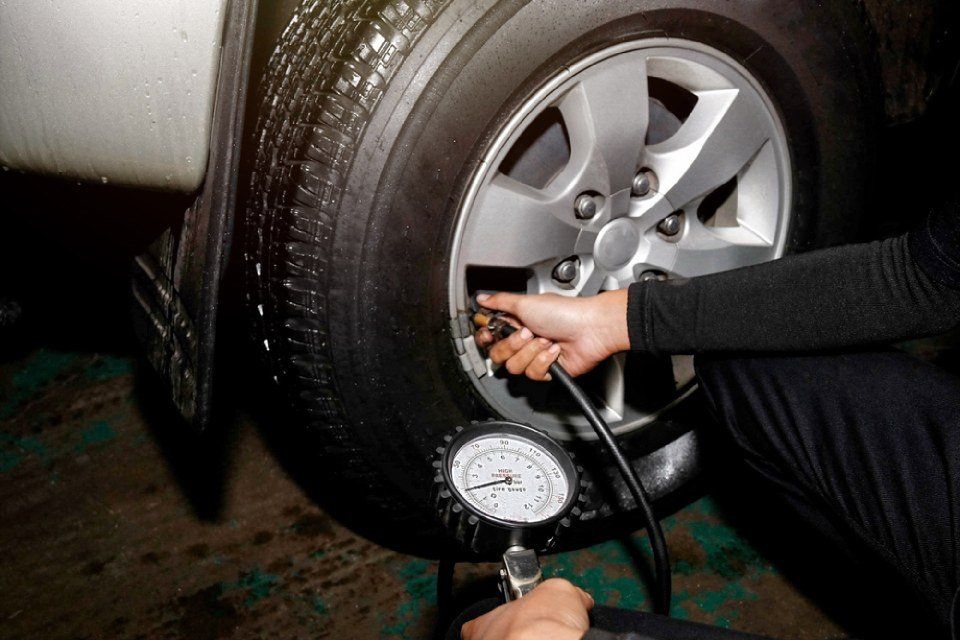
Everyone knows from the school course of physics that gases tend to expand when heated, and at low temperatures - to reduce their pressure. Accordingly, the tire pressure must compensate for temperature fluctuations that occur during vehicle operation.
This statement does not only refer to the range of external operating temperatures, but also to the fact that the tire heats up when rolling. By the way, the difference in wheel temperature between a stationary and a moving vehicle is very significant, and it is very easy to check this - just touch the car wheel after a long trip. It turns out to be quite hot. In fact, this means that if the wheel is "pumped", in motion due to heating it can simply explode, which is very dangerous.
As you know, axle loads for any car are different, and quite significantly. The load distribution parameter is called weight distribution and, despite the fact that, from the point of view of optimal parameters, the best result is a weight distribution of 50x50, engineers cannot achieve this parameter even on sports cars with a central engine position within the wheelbase.
In practice, many factors can affect weight distribution, including the number of passengers, load, etc. Accordingly, the load on the tires also varies over a very wide range.
Video - why measure tire pressure:
Considering all the mentioned characteristics, car engineers calculate the average tire pressure, which is designed to "balance" these criteria and ensure uniform performance across the entire range of operating loads.
Tire pressure is measured using a special device called a pressure gauge. It can be either mechanical or electronic, be a separate device or be included in the compressor package, but its function remains the same - an accurate measurement of the pressure created in the car wheel.
It goes without saying that a manometer, like any mechanism for precise measurements, has its own error.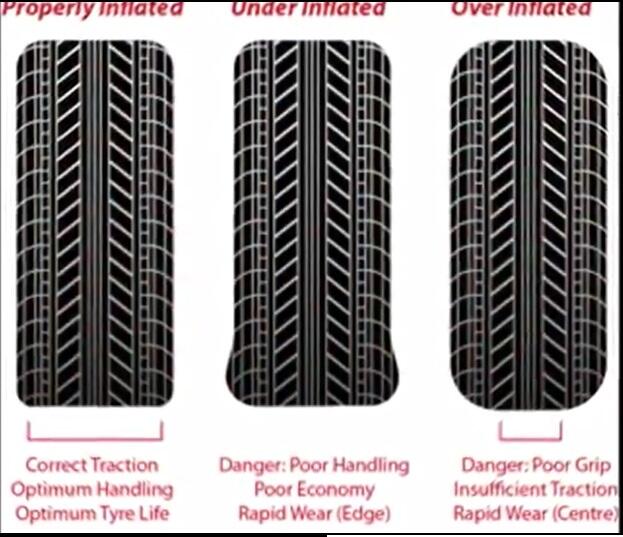 Its value is indicated on the body of the device, and the smaller it is, the more accurate the measurement made by the driver will be. At the same time, the car manufacturer also indicates the recommended tire pressure for a particular vehicle in the accompanying documentation. Many tire manufacturers also provide their own recommendations.
Its value is indicated on the body of the device, and the smaller it is, the more accurate the measurement made by the driver will be. At the same time, the car manufacturer also indicates the recommended tire pressure for a particular vehicle in the accompanying documentation. Many tire manufacturers also provide their own recommendations.
At first glance, everything is simple - the driver just needs to bring the tire pressure in line with the factory recommendations and maintain it at a given level. However, here we return to the fact that pressure is influenced by a number of factors, and the main one is temperature.
Video - what the wrong pressure in the tires of a car can lead to:
up to 2.5 atmospheres), with a decrease in temperature, we will get a pressure that is significantly lower. It is especially problematic to "catch" the correct pressure if the car is stored in a warm garage. As a result, the wheels, initially inflated to the correct value, will change their physical properties during the trip, and when entering the heated box, the pressure will return to normal.
As a result, the wheels, initially inflated to the correct value, will change their physical properties during the trip, and when entering the heated box, the pressure will return to normal.
The solution to this problem can be the option when the tires are inflated after a long parking of the car in the open air, or compensating inflation of the tire in the box. However, the question arises of how much the tire should be inflated in order for the tire pressure to be within the recommended range in winter. Let's try to analyze this situation using the examples of VAZ cars, which, as you know, have a wheel diameter of R13 or R14.
Despite the fact that we gave this example for popular VAZ models, a similar approach can easily be used for cars from other manufacturers.
You can also download the tire pressure table for cars of different brands - HERE (word file).
Very often, motorists underestimate the decrease in pressure in the tires of the car or their deviation from the standard recommendations of the manufacturer.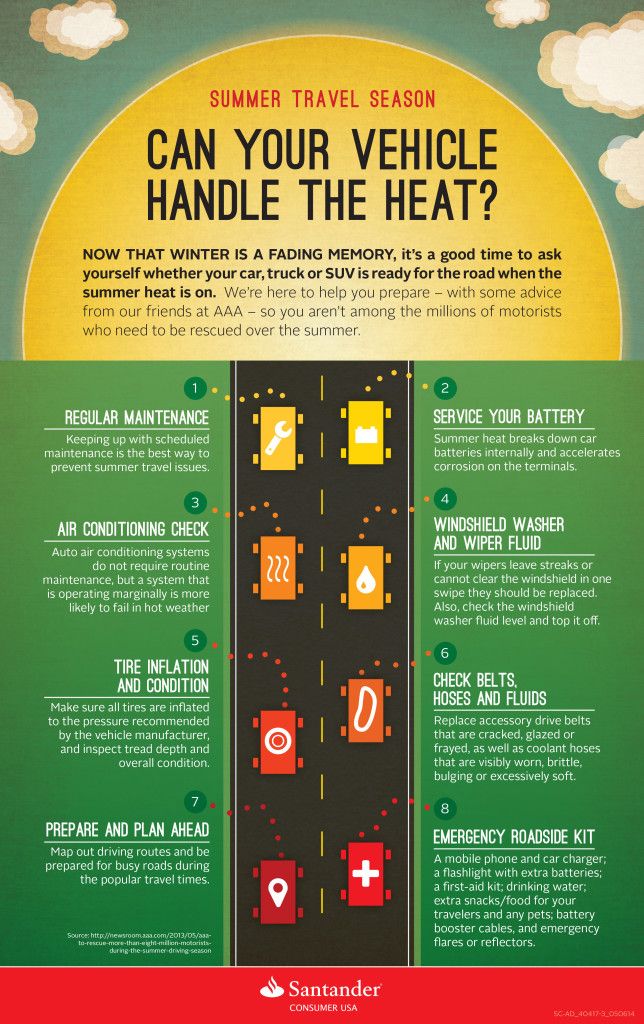
In practice, the difference in tire pressure can lead to a deterioration in vehicle handling, increased tire wear, as well as a change in the balance of the vehicle when cornering.
The fact is that tire pressure uniformity is an important aspect of proper vehicle weighting. The change in pressure is especially acute when driving on slippery surfaces and in winter can even lead to an increased “tendency” of the car to skid when cornering.
As already mentioned, not only reduced pressure can be dangerous, but also its increase. An over-inflated tire is often even more dangerous than an under-inflated one. This is due to the fact that the wheel loses its elasticity and the ability to effectively deal with shock loads from the coating.
As a result, driving a large bump at high speed can lead to an abrupt increase in pressure, which the tire will not be able to withstand. Thus, the wheel can explode in a relatively harmless traffic situation.
As you can see, it is imperative to monitor tire pressure.